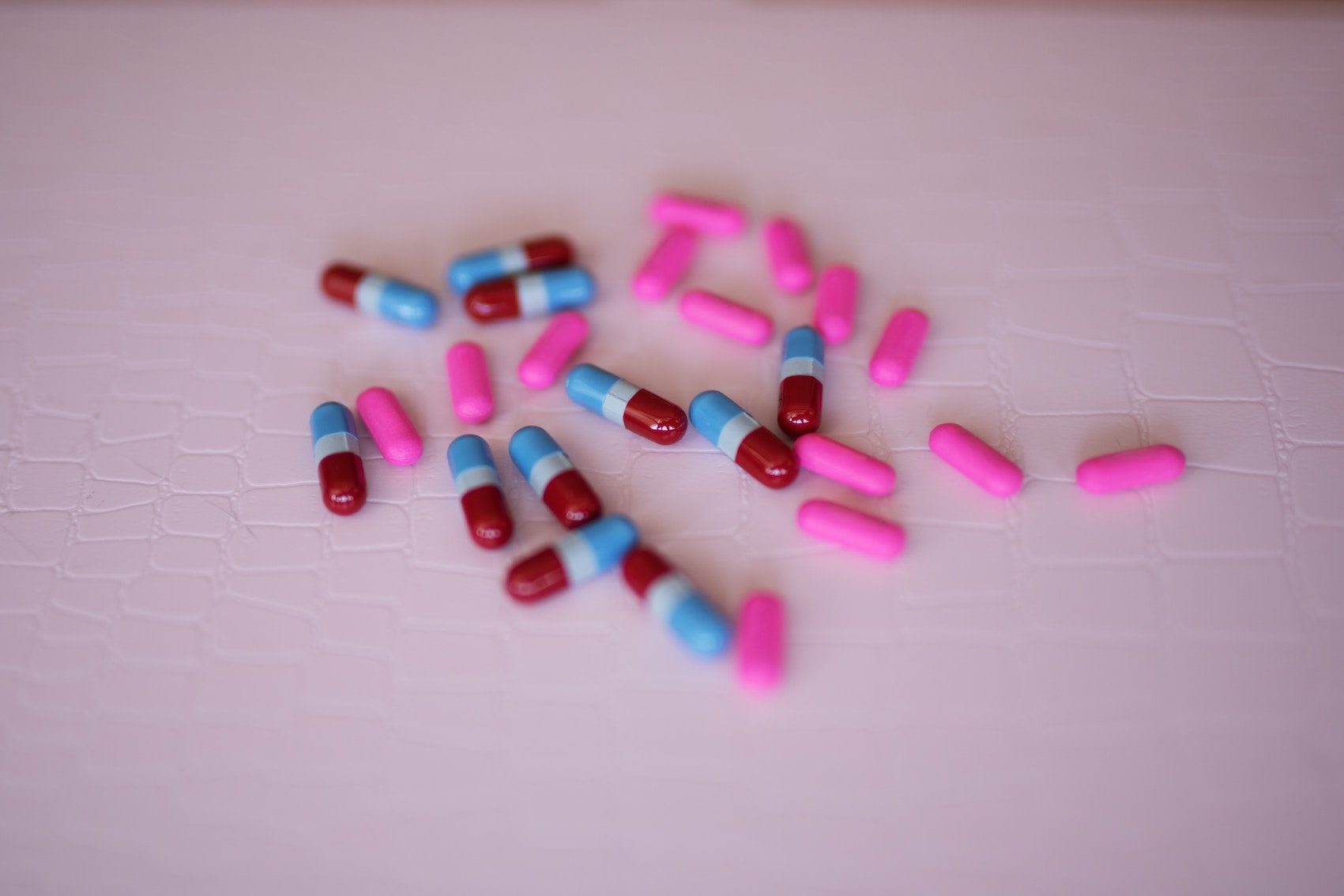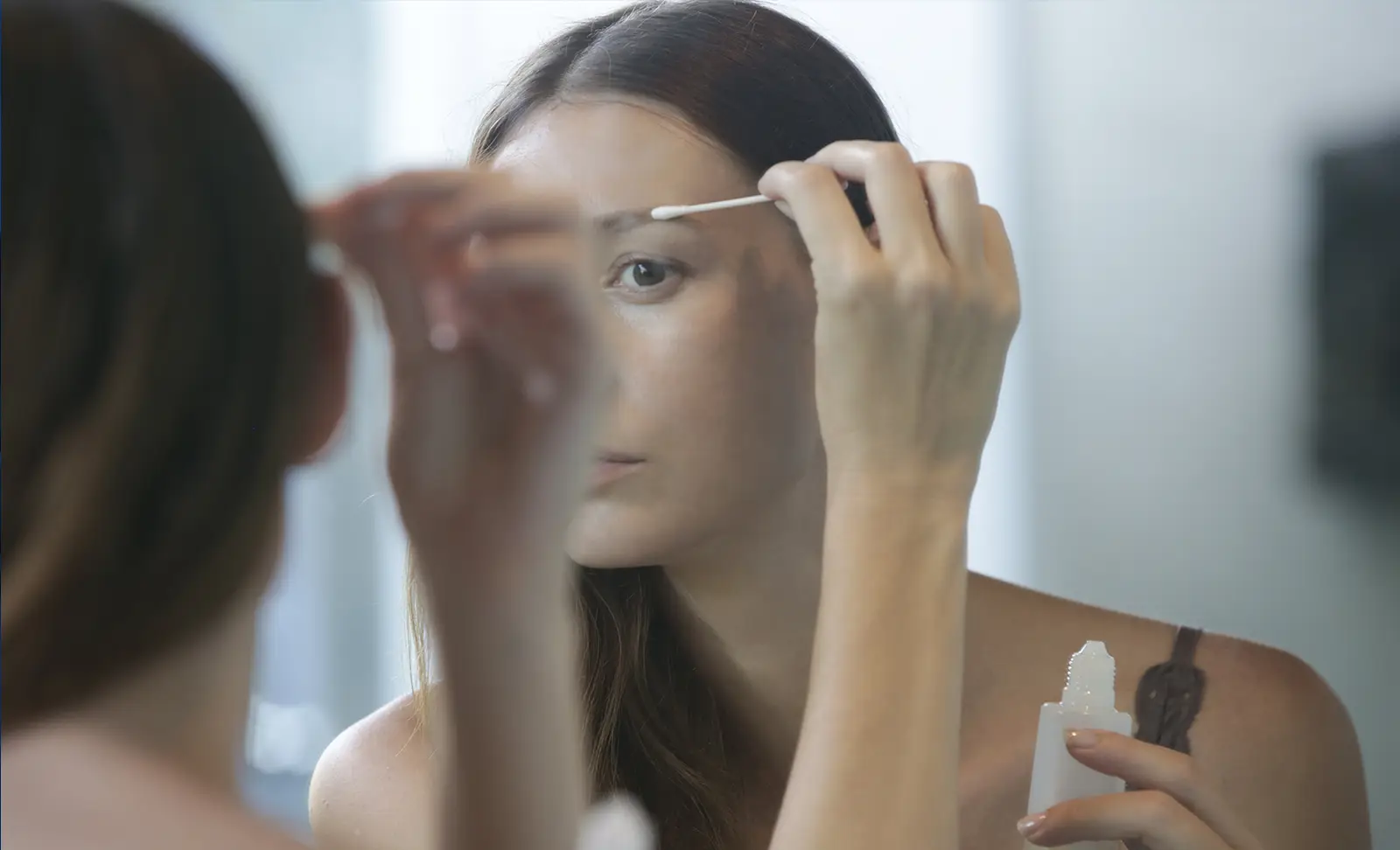
If you’re suffering from hair loss you’ve probably spent a lot of time online researching different ways to try and stop the hair loss. You might have already tried and tested a range of shampoo and other treatments that claim to stop hair loss and found that they don’t always work.
The next stop in most people’s hair loss journey would be to look into more permanent hair loss solutions such as medication and hair restoration treatments. To make your research a little easier we’re going to compare the two for you.
Hair Loss Medication
If you’re losing your hair a lot of people might look into different types of hair loss medication to stop your hair loss. At current, there are a few different medications on the market that work towards slowing down and stopping hair loss. Today we’re going to discuss the two most popular medications that you could consider for hair loss.
Finasteride/Propecia
Finasteride (often known as propecia) is often given to patients to stop hair loss. The drug works by blocking the enzyme Type II 5 alpha-reductase, by doing this it reduces the level of the hormone in the scalp which shortens the hair growth cycle and allows the cycle to revert to a normal growth cycle.
This can, in turn, stop hair loss and work towards increasing new hair growth in men with male pattern baldness. Continuous use once a day for 3-6 months is required before benefit is seen, and effects are reversed 6-12 months after treatment is discontinued so continuous use is recommended to sustain benefit.
It is important to remember that you may experience some side effects with Finasteride, although usually mild they can happen. Possible side effects that have been identified with Finasteride include decreased libido, erectile dysfunction, decreased volume of ejaculate, breast tenderness and enlargement; rashes, itching and swelling of the lips and face; and testicular pain. These are reversed after treatment is discontinued.
Minoxidil/Regaine
Minoxidil is a vasodilator and was originally used as an oral drug to treat high blood pressure. It was then discovered to have a side effect of hair growth and reversing baldness. In the 1980s it was made into a topical solution that contained 2% minoxidil to be used as a hair loss treatment and branded Rogaine.
Treatments usually include a 5% concentration solutions that are designed for men, while the 2% concentration solutions are designed for women. It is unknown how the drug stimulates hair growth, however, some experts believe that minoxidil dilates the blood vessels around hair follicles, increasing the nutrient supply and encouraging increased hair growth.
The key to using Minoxidil is to begin using it early. The best candidates are those who are thinning but not bald. Those with a higher density of hair at the beginning of treatment are good candidates. If the medication is stopped, after prolonged use, hair loss may increase.
Major side effects are rare, but patients who suffer from heart disease or hypertension should check with their doctor before beginning treatment. The most common problem is irritation and dryness of the skin. Large amounts of minoxidil can cause hypotension, headaches, irregular or fast heartbeat, blurred vision, chest pain.
Hair Restoration Treatment
Hair restoration treatments are a more permanent solution to hair loss, the treatments work to restore the appearance of a fuller head of hair. At the Harley Street Hair Clinic, we offer the revolutionary FUE hair transplant procedure and our newest treatment, Advanced Tricho Pigmentation.
FUE Hair Transplant
An FUE hair transplant, or follicular unit extraction hair transplant is a hair restoration procedure that works by transplanting individual hair follicles from one area of the scalp (where the hair is fuller) this is usually called the donor area. The hair follicles are then transplanted to an area of the scalp where the hair is thinning.
The procedure works towards building the appearance of a natural looking fuller head of hair. Our experienced doctors start by creating a natural and realistic looking hairline and then work to naturally fill in any areas of the scalp where the hair is thinning.
We advise that you take 7-14 days off of work after the procedure deepening on the size of the procedure and individual healing characteristics. Aftercare is simple and a personalised program is given to you after the clinic with any medications needed.
Advanced Tricho Pigmentation
The latest treatment offered at the Harley Street Hair Clinic is advanced tricho pigmentation. The treatment is a pigmentation delivery system that can be used to add density to areas of the scalp where the hair is thinning and can also be used to create a full head of closely shaven head for those with little to no hair.
The results from ATP are instant and you will see the results as soon as your treatment is finished. Aftercare is very simple and you’ll need minimal recovery time, it is advised that you do not wash your scalp for the first two days following your treatment. You should also avoid any unnecessary sweating to the scalp for around seven days. The aftercare instructions for each person will differ slightly depending on individual characteristics and your treatment
What One Is Best For Me?
Hair loss is different for everyone, as there are so many different causes of hair loss it can be difficult to work out the best course of treatment. The best way to decide what treatment is for you is to contact us at the clinic for a no obligation consultation. One of our hair loss specialists will then be able to help decide the best treatment plan for you.


